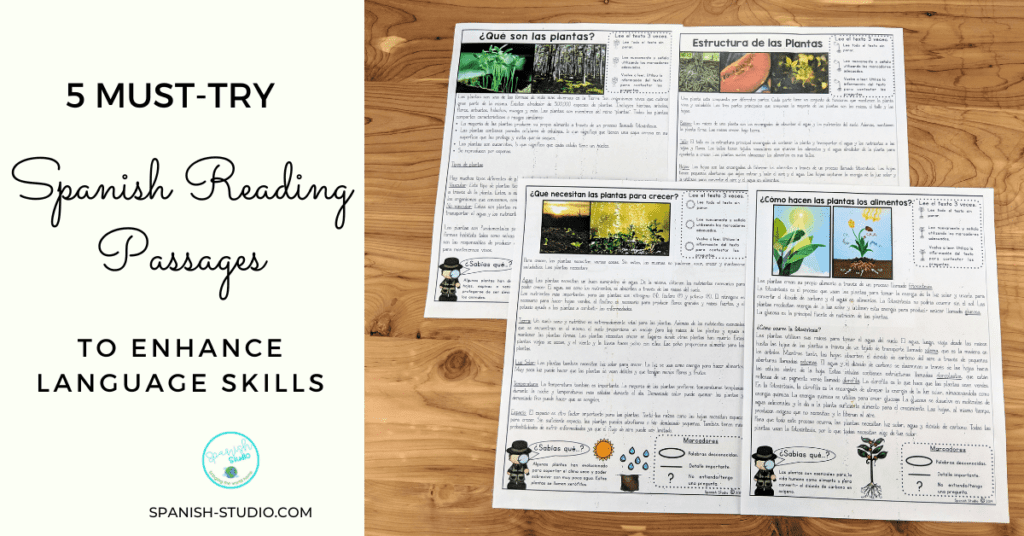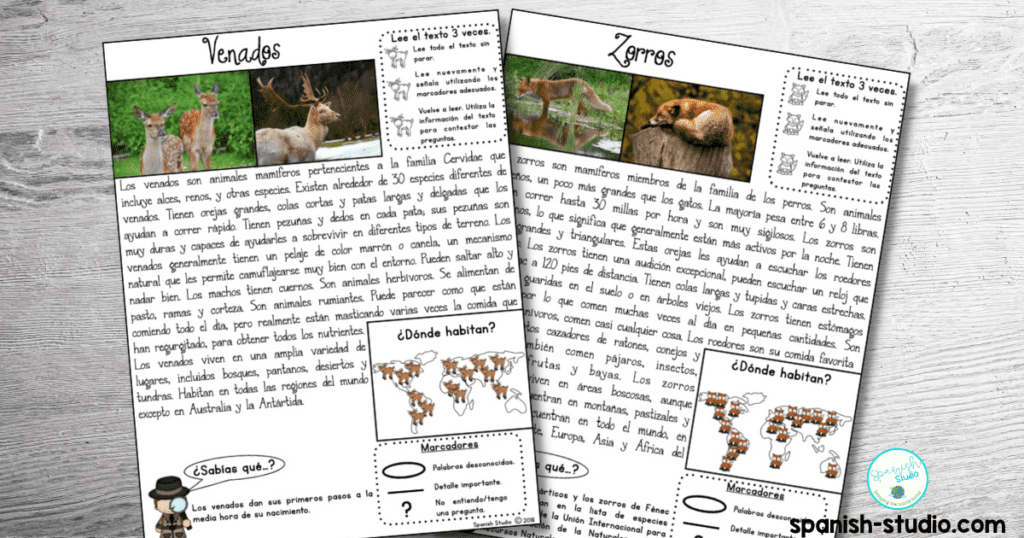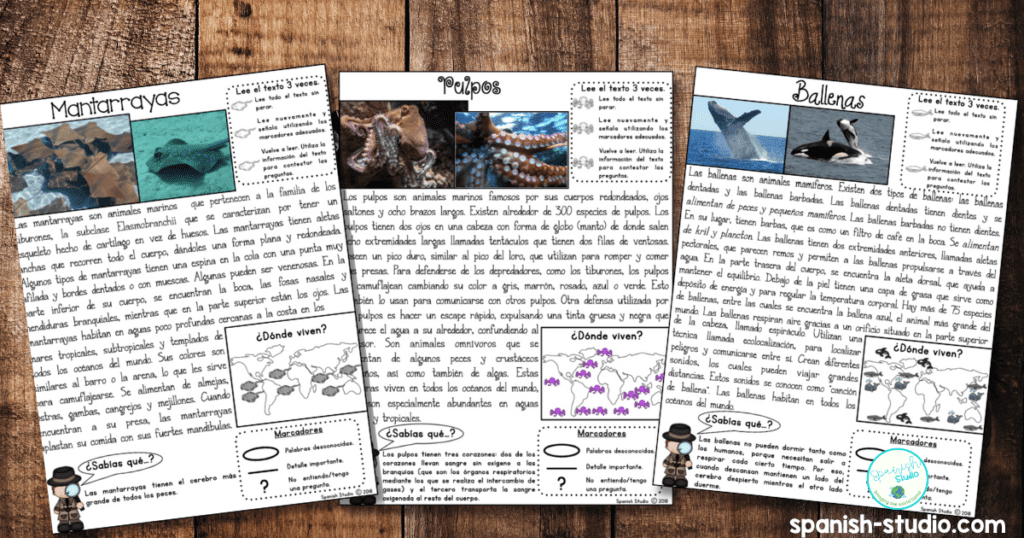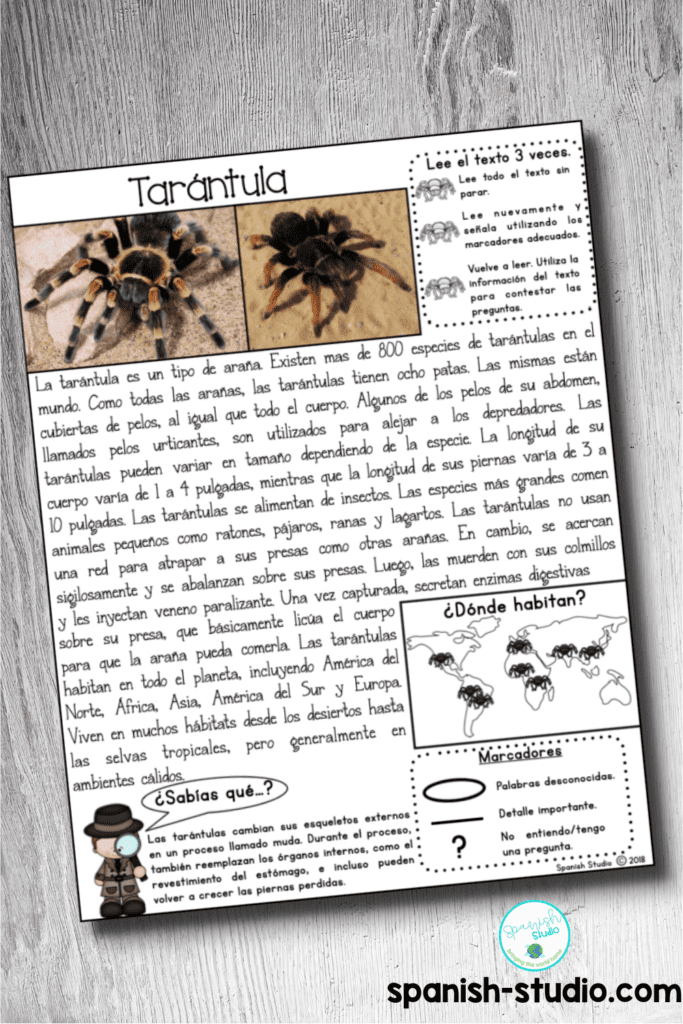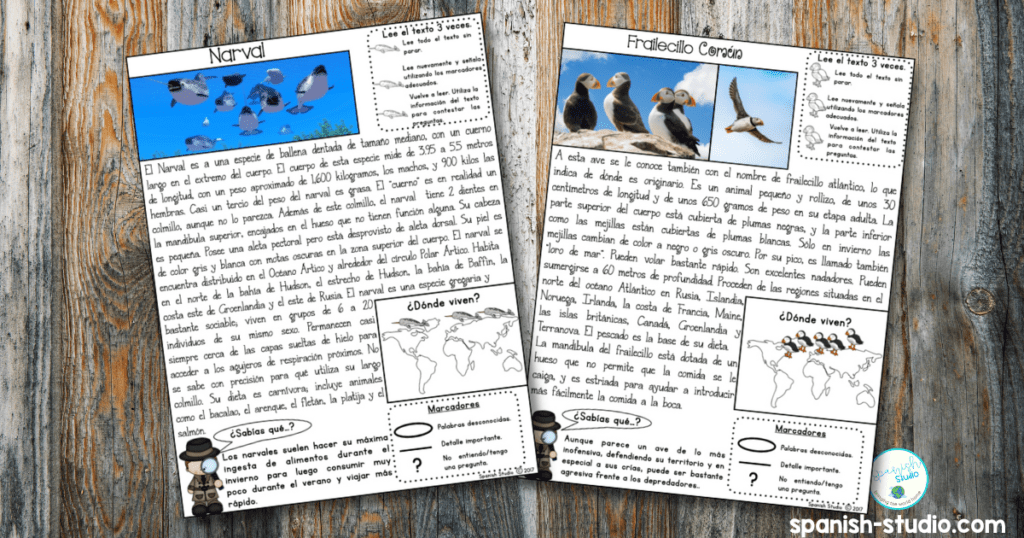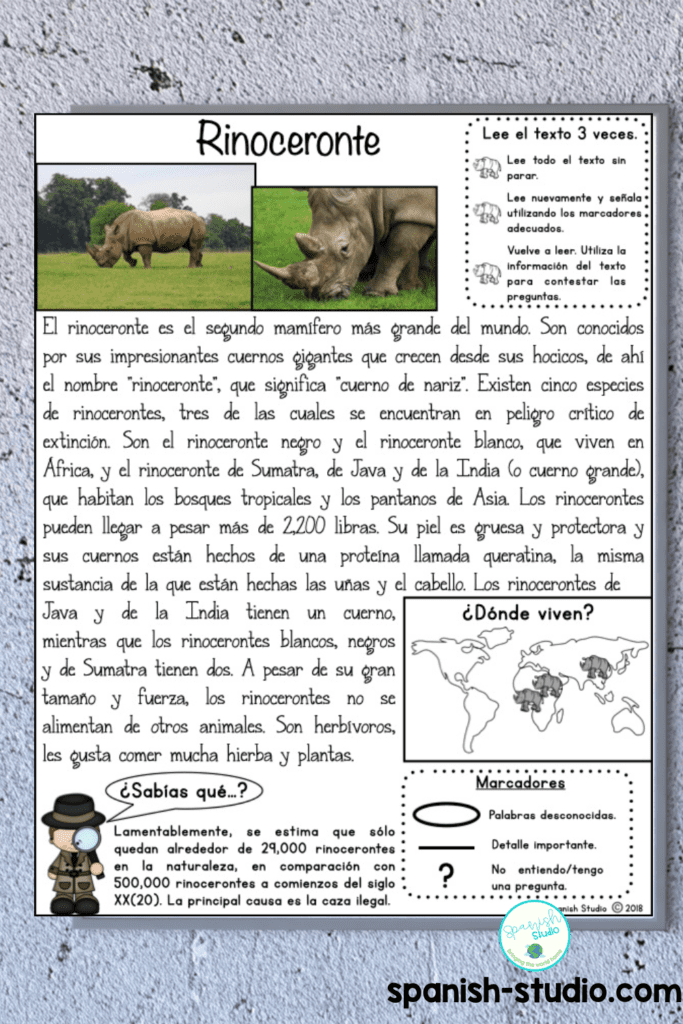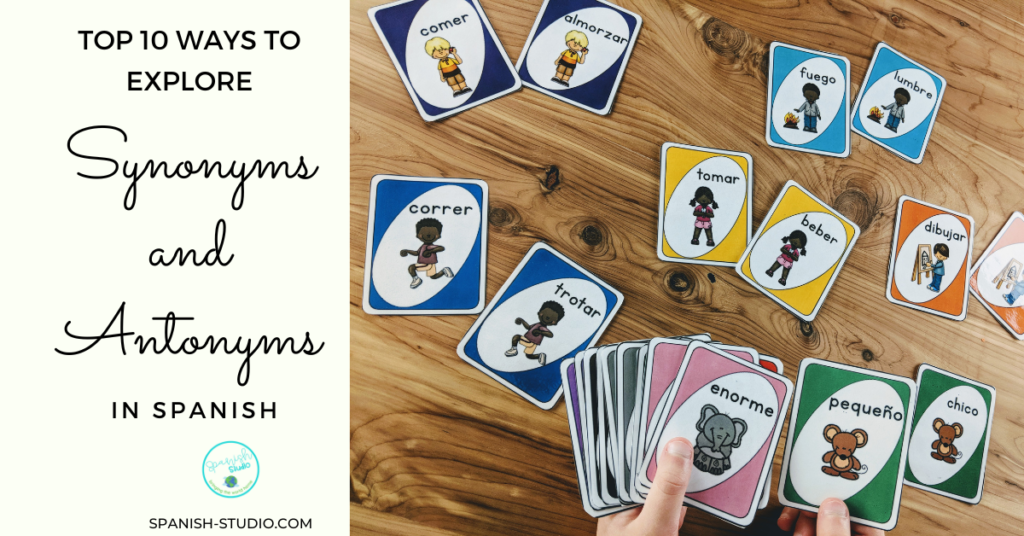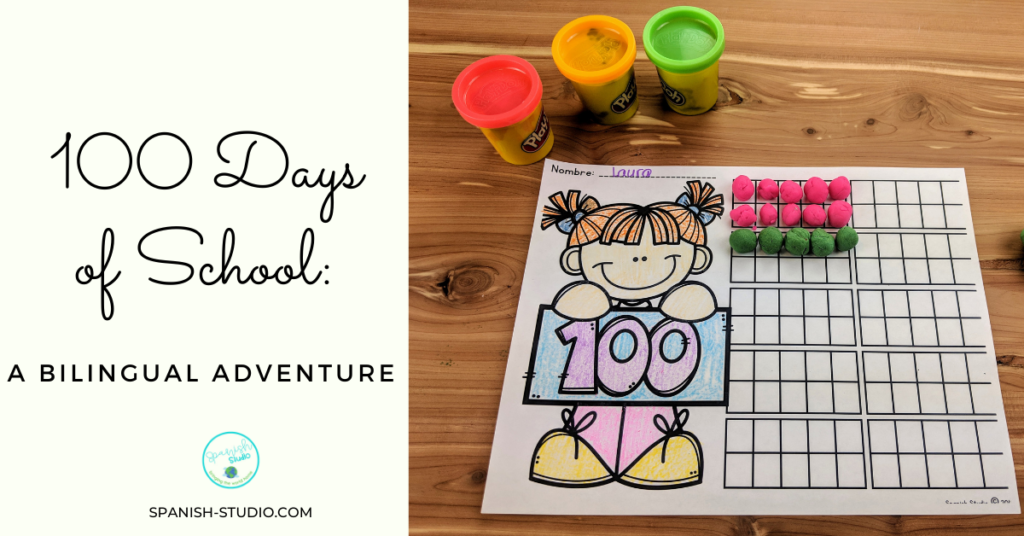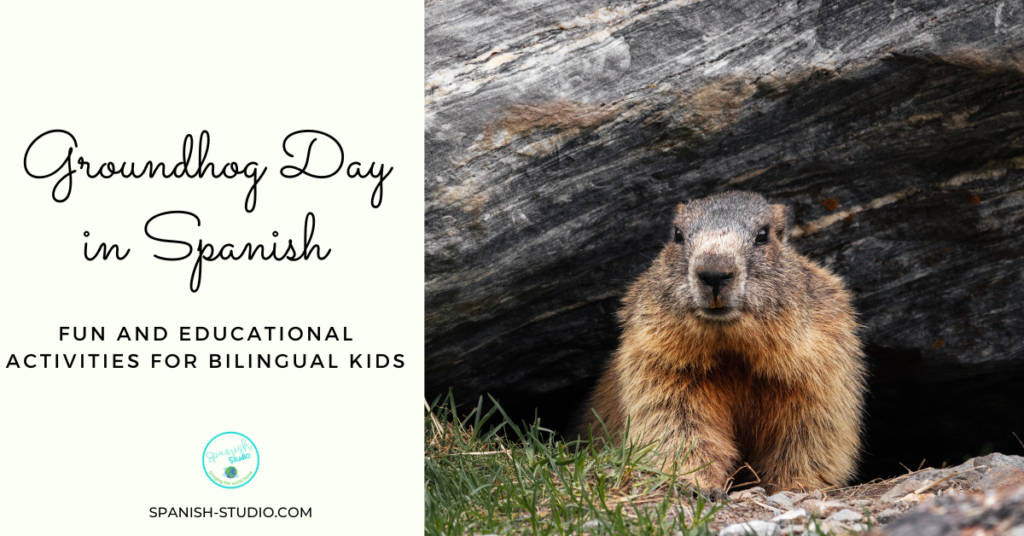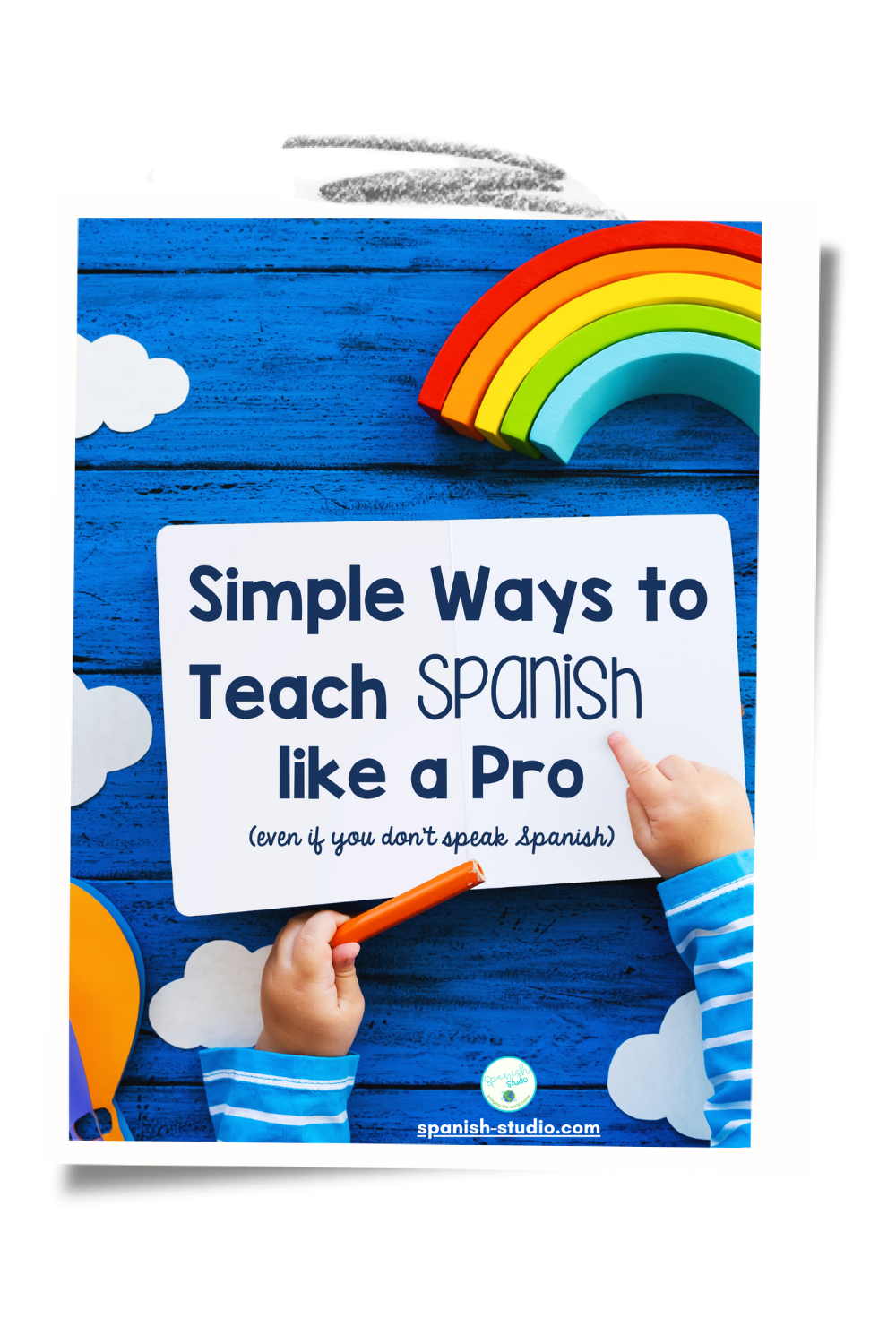As Spanish becomes more important in our globalized world, we are always looking for effective ways to teach it to our children. One of the most important tools in any classroom is the use of Spanish reading passages. In particular, non-fiction reading passages are essential for building vocabulary, comprehension, and cultural knowledge.
When using Spanish reading passages, children are exposed to the language in context. When children read, they are able to see how words and phrases are used in real-life situations. This helps them build their vocabulary and develop a better understanding of grammar and syntax. . Another benefit of non-fiction reading passages is that they help children develop critical thinking and reading comprehension skills. When reading about complex topics, children are forced to analyze information, draw connections, and think critically about the content. This helps develop their cognitive skills and prepares them for more advanced academic work.
In addition to the benefits mentioned above, here are some additional reasons why using Spanish reading passages is important:
Improve Pronunciation and Fluency:
Reading out loud helps students practice proper pronunciation and intonation. This is especially important for Spanish, which has some unique sounds and rules of pronunciation that can be challenging for non-native speakers. Reading aloud also helps students to improve their fluency, as it forces them to process the language more quickly and efficiently.
Increase Vocabulary:
Reading is one of the best ways to build vocabulary in any language. By exposing students to a wide range of words and phrases, reading passages helps them to expand their knowledge of Spanish and become more confident in their ability to communicate effectively.
Enhance Comprehension:
Reading comprehension is a key skill for success in any academic subject. By practicing with Spanish reading passages, students develop their ability to understand and analyze written information.
While fictional texts are often used when teaching Spanish, nonfiction reading passages can also provide great opportunities in the Spanish classroom. In particular, nonfiction passages about animals can be engaging for students and provide a rich source of language and content.
Here are some tips for using nonfiction reading passages in the Spanish classroom:
- Choose a nonfiction passage that is appropriate for your students’ reading level and interests. Look for passages that are engaging and informative, with clear language and plenty of visual support.
- Before reading, activate your students’ prior knowledge about the topic. Ask them what they already know about the animal, and what they would like to learn. This will help them to focus their attention during the reading and build their background knowledge.
- Provide students with a purpose for reading. For example, ask them to identify the main idea, find supporting details, or make connections to their own experiences.
- Have students read the passage independently or in small groups, focusing on the purpose for reading. Encourage them to underline or highlight important information and unfamiliar vocabulary.
- After reading, have students discuss their findings and share what they learned. Ask them to support their ideas with evidence from the text.
- Finally, have students reflect on the reading experience. What did they find challenging? What strategies did they use to understand the text? What questions do they still have?
Here are some examples of reading passages in Spanish about animal topics that are children’s favorites:
Forest Animals:
Nonfiction passages about forest animals can teach students about creatures like bears, wolves, deer, and raccoons. Students can learn about the different adaptations these animals have developed to survive in forest environments, as well as their role in the food chain and their interactions with other species.
Ocean Animals:
Nonfiction passages about ocean animals can introduce students to fascinating creatures like whales, sharks, sea turtles, and octopuses. Students can learn about the adaptations these animals have developed to live in the ocean, as well as their migration patterns, feeding habits, and ecological importance.
Desert Animals:
Nonfiction passages about desert animals can teach students about species like camels, scorpions, snakes, and coyotes. Students can learn about the adaptations these animals have developed to survive in harsh desert environments, as well as their interactions with other species and their cultural significance.
Arctic Animals:
Nonfiction passages about Arctic animals can introduce students to fascinating creatures like polar bears, Arctic foxes, seals, and walruses. Students can learn about the adaptations these animals have developed to survive in the harsh Arctic environment, such as thick fur, blubber, and hibernation. Students can also learn about the ecological importance of Arctic animals and the impact of climate change on their habitats.
Zoo Animals:
Nonfiction passages about zoo animals can introduce students to a wide range of species, from giraffes and zebras to lions and tigers. Students can learn about the habitats and diets of these animals, as well as the challenges they face in captivity and the importance of conservation efforts.
These topics provide a rich source of language and content for Spanish language learners, and can be used to develop vocabulary, reading comprehension, and critical thinking skills.
By selecting engaging and informative texts, activating prior knowledge, providing a purpose for reading, and facilitating discussion and reflection, teachers can help students develop critical thinking and reading comprehension skills while also building their language proficiency.
Interested in more?
Download my FREE Guide: “How to Teach Spanish Like a Pro (even if you don’t speak Spanish)”

